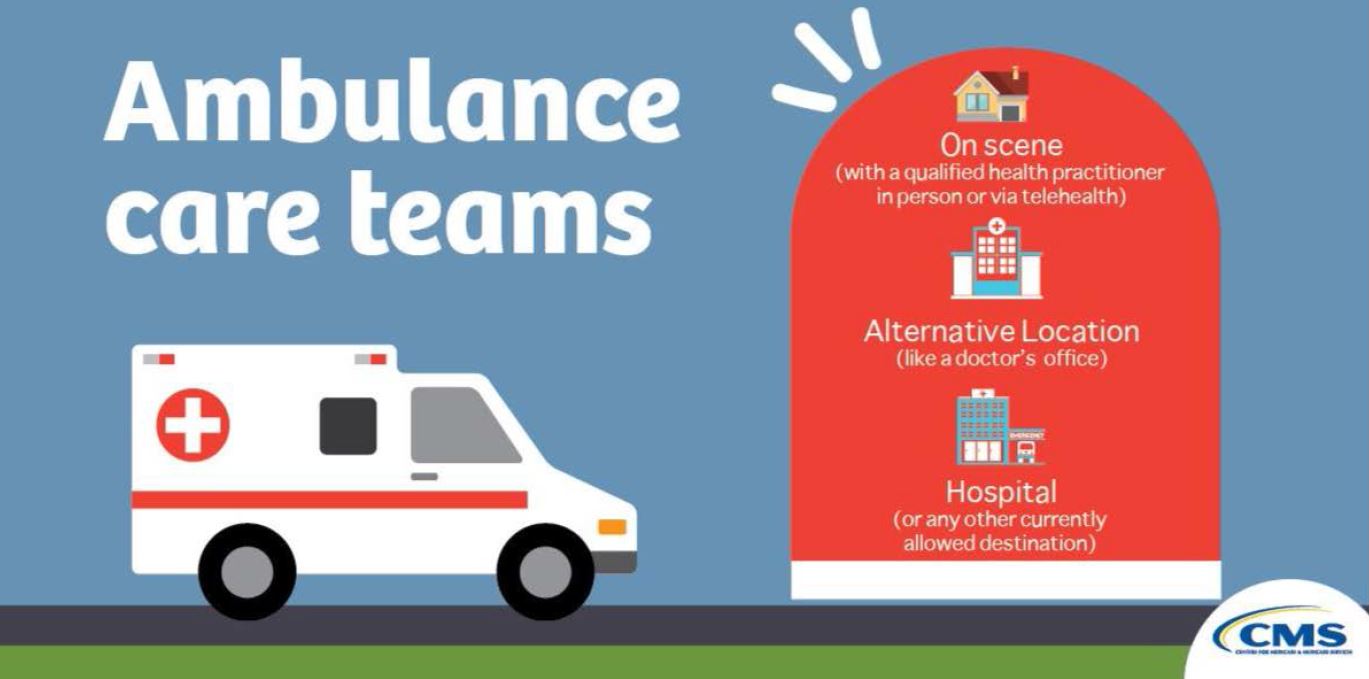Community Release: MedStar Offers New Choices for Medical Emergencies
A new national model being tested by MedStar and the Centers for Medicare and Medicaid Services is designed to get the right patient, to the right care, at the right time.
The next time you call 911 for a medical emergency, you may be offered alternative services, instead of just being transported by ambulance to an emergency department.
MedStar is participating in a new national model for emergency medical services being tested by the Centers for Medicare and Medicaid Services (CMS). The program is called ‘Emergency Triage, Treat and Transport’, or ET3 for short.
If a patient calls 911, and the trained MedStar team finds the patient does not need emergency medical treatment at a hospital, the patient may be offered treatment through a qualified health care practitioner right where they are through a telemedicine program MedStar has arranged with a local physician group.
After the telemedicine consultation, the patient may be offered treatment in place, without transport to a hospital, or transportation to another medical facility to get care, such as an urgent care center.
For behavioral health related 911 calls, the on-scene MedStar crew will consult with a qualified behavioral health specialist to determine if the patient can be treated at home, or at a behavioral health clinic, as opposed to being transported to the hospital.
“The ET3 Model is groundbreaking!”, explains Matt Zavadsky, MedStar’s Chief Transformation Officer. “Historically, MedStar crews have only been able to offer to transport a patient to a hospital emergency room, when often it is better for the patient to treat them on scene and refer them to other appropriate sources for follow-up care.”
Patients will have the option of declining the new treatment model and if the patient requests to be transported to the hospital, MedStar crews will of course honor that request.
This new model will be evaluated by MedStar and Medicare over the next five years to determine the impact on patient clinical outcomes, the patient’s perception of the model, and the economic savings to the Medicare program.
For more information on the ET3 model, visit https://innovation.cms.gov/innovation-models/et3






